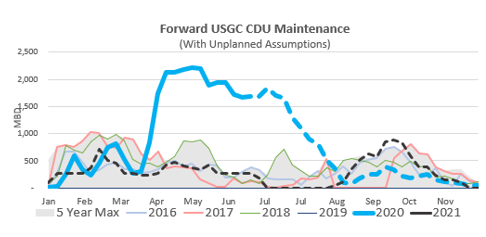Expert advice for every step in your climate journey
Learn more-
Login
- Tellus Climate Suite Login
- Tellus Hedge Login
Solution Access
-
Enroll
- Enroll in Tellus Climate Suite
- Enroll in Tellus Hedge
Ready to Start? Use Our Efficient Online Onboarding
-
Services
Services
-
Solutions
- Tellus Sustain
- Tellus PPA
- Tellus Carbon
Sustainability management solution built to streamline emissions inventory, analytics and reporting
Learn moreFully digital solution for clean power purchasing to save time and money, and achieve ESG goals
Learn moreOpen environmental commodities marketplace for purchasing carbon credits and renewable power RECs
Learn more -
Use Cases
- Sustainability Manager
- Clean Energy Buyer
- Carbon Credit Buyers
- Financial Officer
- Renewable Project Developer
- Carbon Credit Project Developer
Use Cases
Plan, execute, and report on your sustainability goals with precision and ease
Close deals quickly and reduce risk
Identify quality offsets and RECs and purchase them efficiently
Skillfully manage complex processes and reduce risk associated with non-compliance
Identify active buyers and complete deals at a lower cost
Sell your existing and future emissions reductions
- Resources
- About
- Contact Us
- Request Demo
-
Login
- Tellus Climate Suite Login
- Tellus Hedge Login
Solution Access
-
Enroll
- Enroll in Tellus Climate Suite
- Enroll in Tellus Hedge
Ready to Start? Use Our Efficient Online Onboarding
-
Login
- Tellus Climate Suite Login
- Tellus Hedge Login
Solution Access
-
Enroll
- Enroll in Tellus Climate Suite
- Enroll in Tellus Hedge
Ready to Start? Use Our Efficient Online Onboarding
-
Services
Services
-
Solutions
- Tellus Sustain
- Tellus PPA
- Tellus Carbon
Sustainability management solution built to streamline emissions inventory, analytics and reporting
Learn moreFully digital solution for clean power purchasing to save time and money, and achieve ESG goals
Learn moreOpen environmental commodities marketplace for purchasing carbon credits and renewable power RECs
Learn more -
Use Cases
- Sustainability Manager
- Clean Energy Buyer
- Carbon Credit Buyers
- Financial Officer
- Renewable Project Developer
- Carbon Credit Project Developer
Use Cases
Plan, execute, and report on your sustainability goals with precision and ease
Close deals quickly and reduce risk
Identify quality offsets and RECs and purchase them efficiently
Skillfully manage complex processes and reduce risk associated with non-compliance
Identify active buyers and complete deals at a lower cost
Sell your existing and future emissions reductions
- Resources
- About
- Contact Us
- Request Demo
-
Login
- Tellus Climate Suite Login
- Tellus Hedge Login
Solution Access
-
Enroll
- Enroll in Tellus Climate Suite
- Enroll in Tellus Hedge
Ready to Start? Use Our Efficient Online Onboarding





